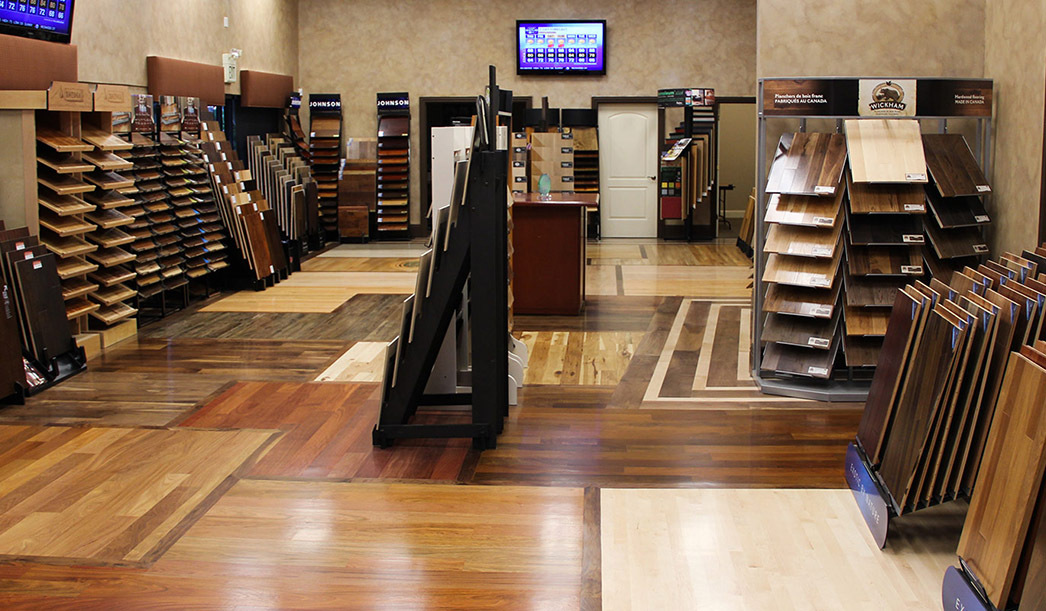Does your hardwood flooring need the perfect finishing touch? You may want to add molding or some sort of other transition between different types of floors! Keep reading for some of our most popular tips.
8 Tips for Hardwood Flooring Transitions
A fantastic way to add some personality into your home's design is through floor transitions. The way you make the shift from hardwood flooring to tile (or really any type of flooring to another) can make a strong statement.
Are you looking for ideas? As always, Houzz is a fantastic place to browse for transition inspiration. In fact, this article shares 20 examples of how to make the change work for you. Here are eight tips to keep in mind:
- Don't try to mix too many types of flooring together; it can make the space feel small and cramped. Instead, make sure that no matter where you stand in your house, you can only ever see two varieties of floors at any one time; this will give it a larger, open feel.
- If you can't find an obvious place to switch from one type of flooring to the next, get creative! This photo shows an artistic way to move from hardwood flooring to tile.
- Pick materials that have similar hues. For example, this entryway uses stone that matches the colors in the hardwood floors nicely.
- If you're working with more of an open floor plan, make the transition in a way that makes a nice design. This home creates a tile entry area and path surrounded by hardwood flooring.
- Use the hardwood floors' tones in another part of an adjoining room. As you can see in this example, the cabinets match the hardwood in the hallway, creating some consistency between the rooms, despite very different floors.
- Pick a spot and make a line. Of course, the molding you use doesn't need to match either the hardwood flooring or alternate material (see an example here).
- Use the two materials to create a design element, like this home that used stone tiles and hardwood floors to give the effect of an area rug.
- Use an elevation change to transition from one type of flooring to another. In this home, the light hardwood floors contrasts nicely with the gray tile, giving each level clear definition.
Popular Types of Hardwood Flooring Molding
Molding is another finishing touch you may want to consider for your hardwood flooring. Although a lot of people naturally think of base boards when the term "molding" is used, there are actually more options available. From carpet reducers and end caps to stair nosing and quarter round moldings, here's a breakdown of the common molding options available.
Flooring moldings are often made out of pine, oak or medium density fiber board. There are six types to consider:
- T-Moldings are used in doorways between adjoining wood floors. These moldings can also transition from hardwood flooring to another hard surface floor that is the same height.
- Carpet reducers and end caps provide a smooth, safe transition from hardwood flooring to carpet in an adjacent room or hallway.
- Hard surface reducers are used to transition from hardwood flooring to another hard surface floor that is at a different height.
- Stair nosing pieces provide a finished, professional look to steps and stairways.
- Quarter round moldings (also known as shoe moldings) are used to decoratively cover expansion gaps next to base boards, case goods and stair steps.
- Base boards are another decorative feature that covers the unfinished wall where the hardwood flooring was installed. They can also help protect the lower part of the wall from things that cause dents and scuff marks.
What types of finishing touches would be perfect for your home? Come visit our showroom! Our experts are happy to answer your flooring questions and find the best fit for your personal style and budget. Make sure you contact us for a free in-home estimate too!


